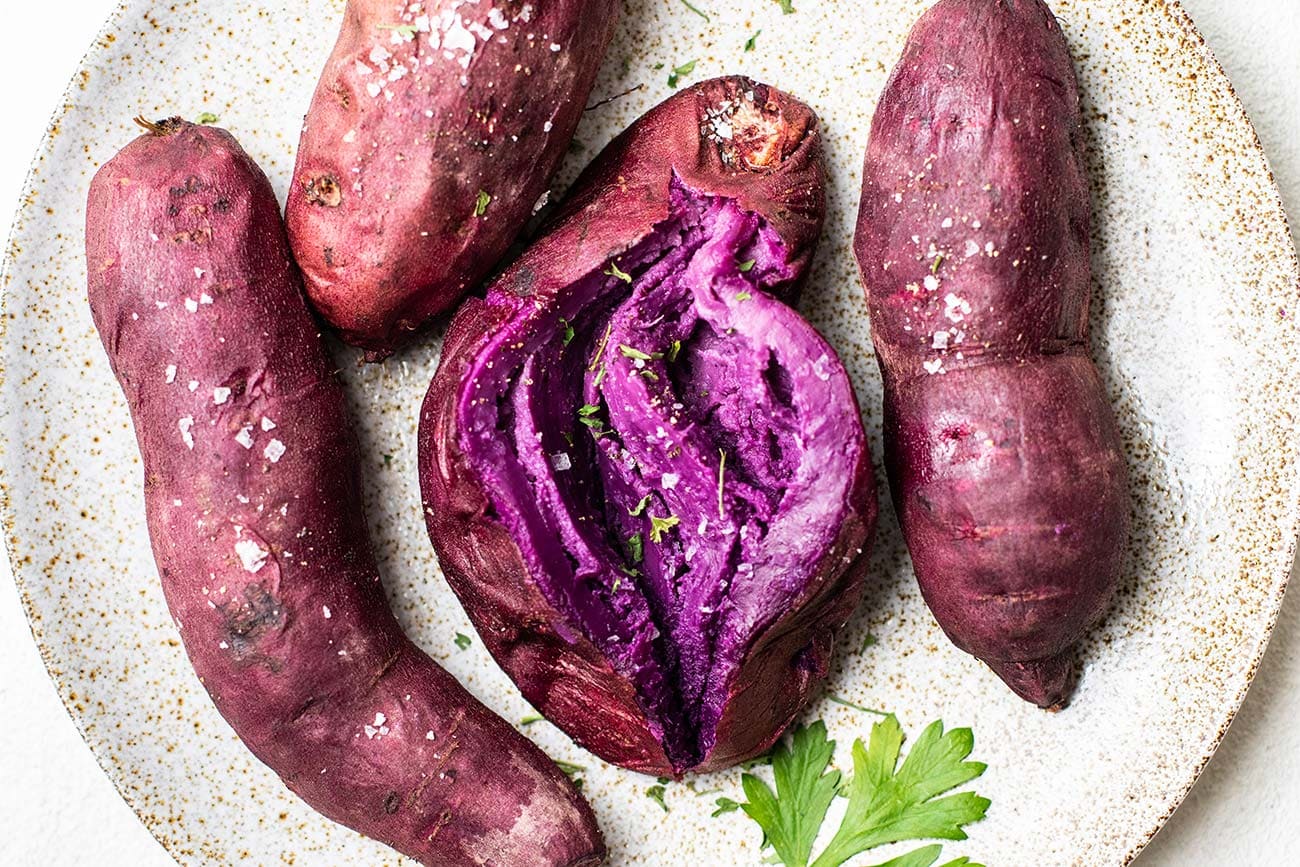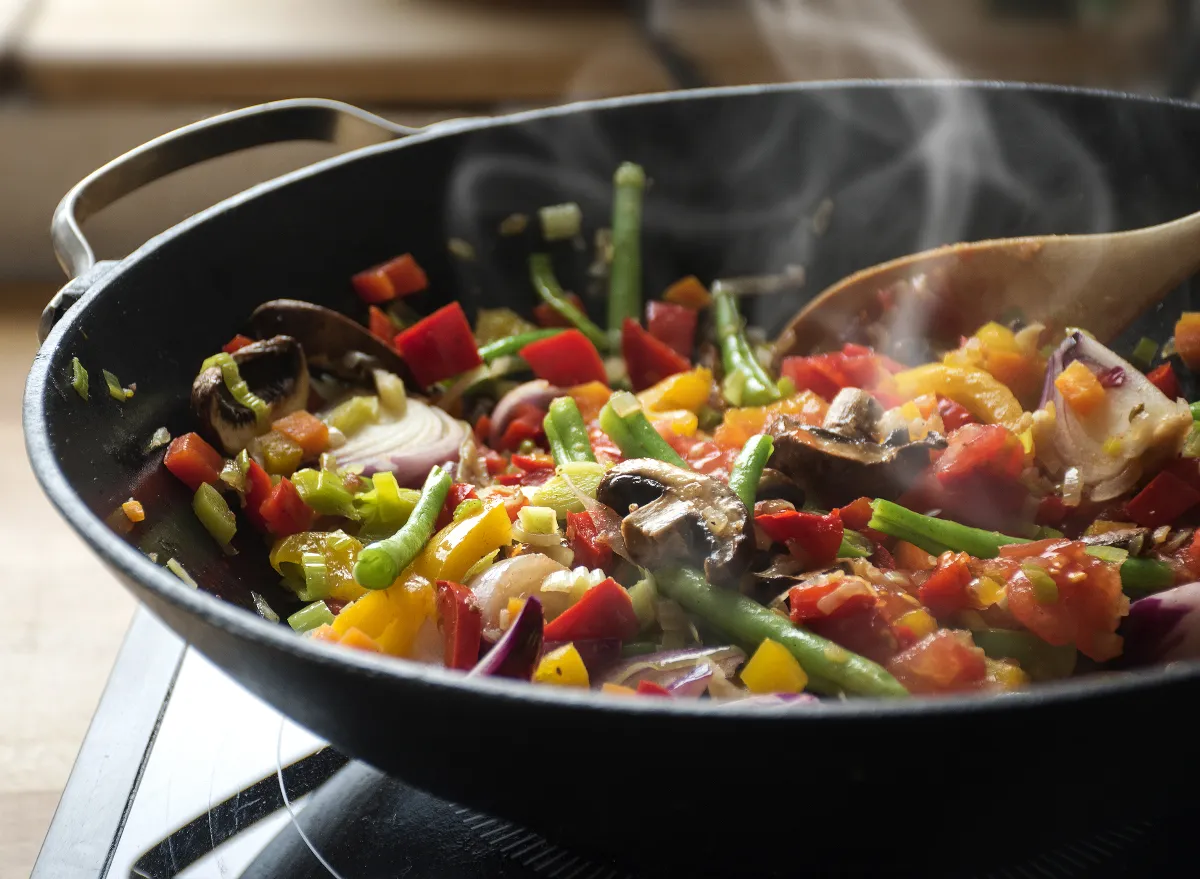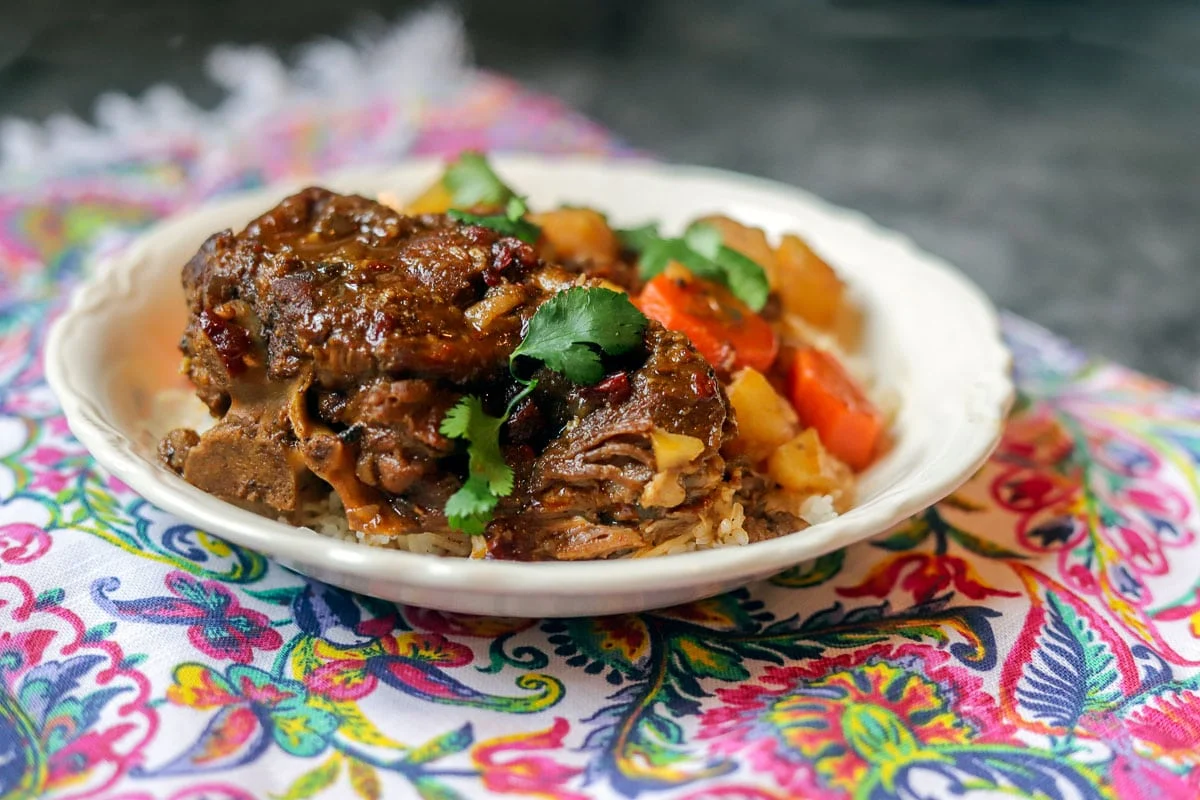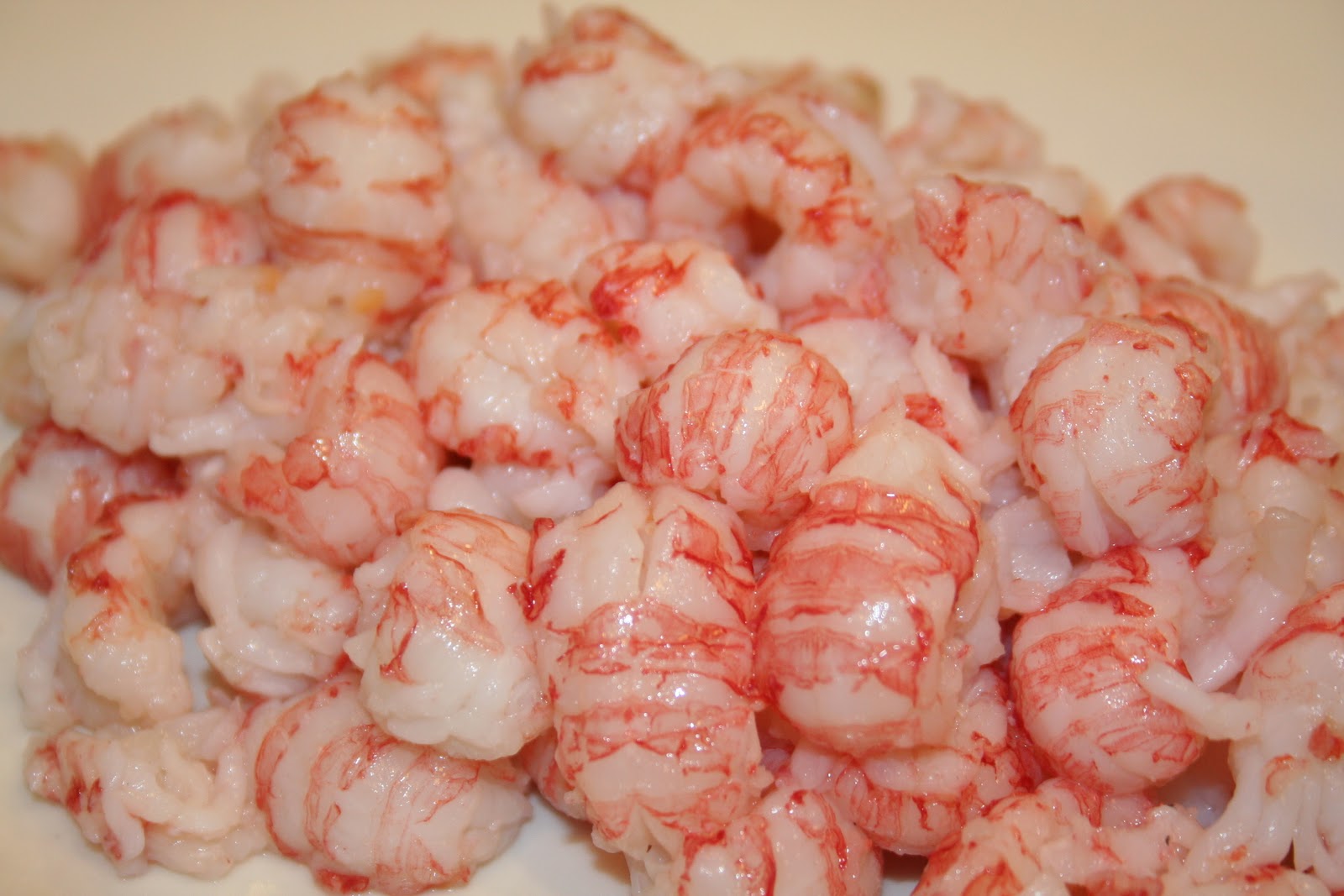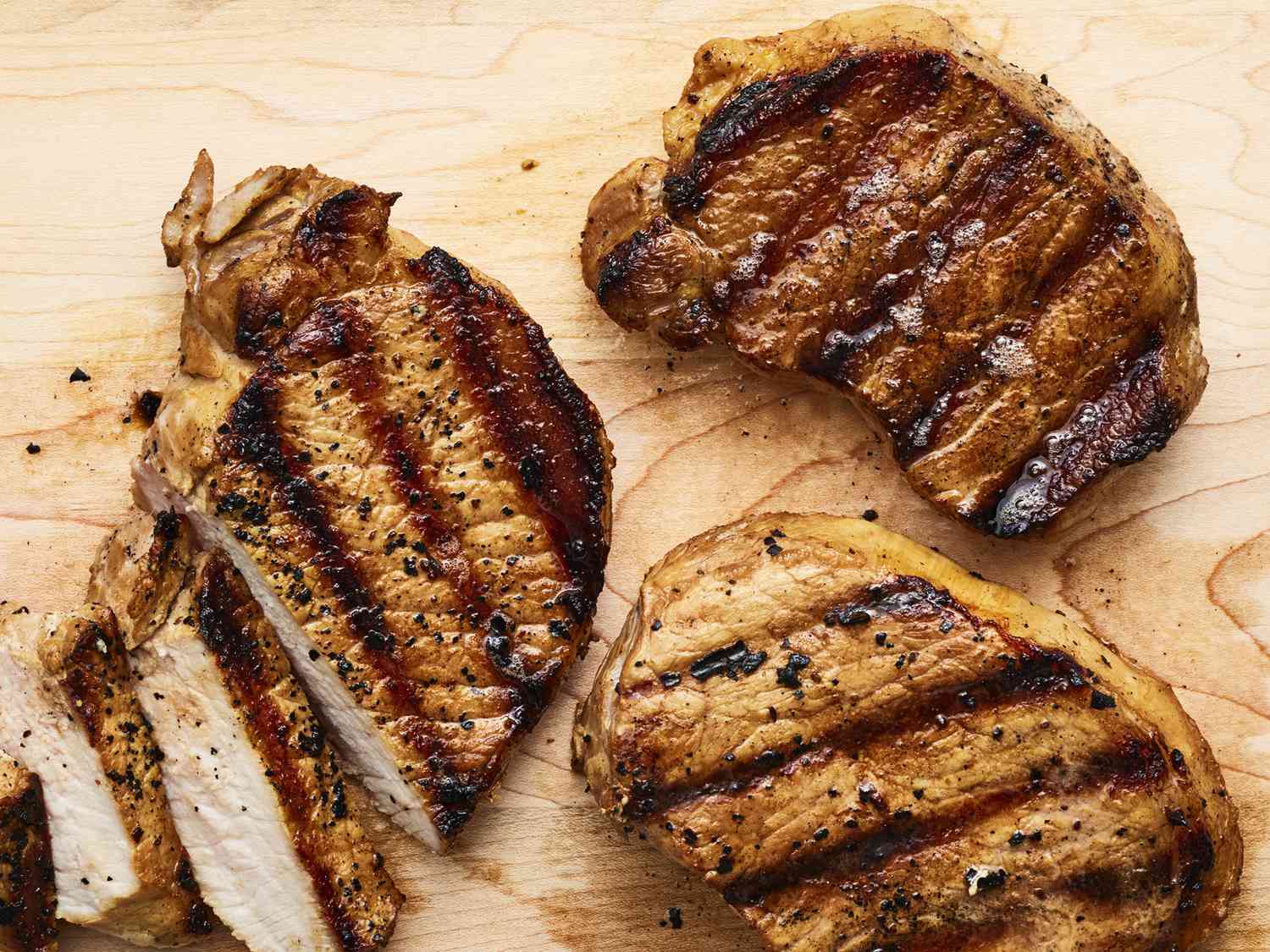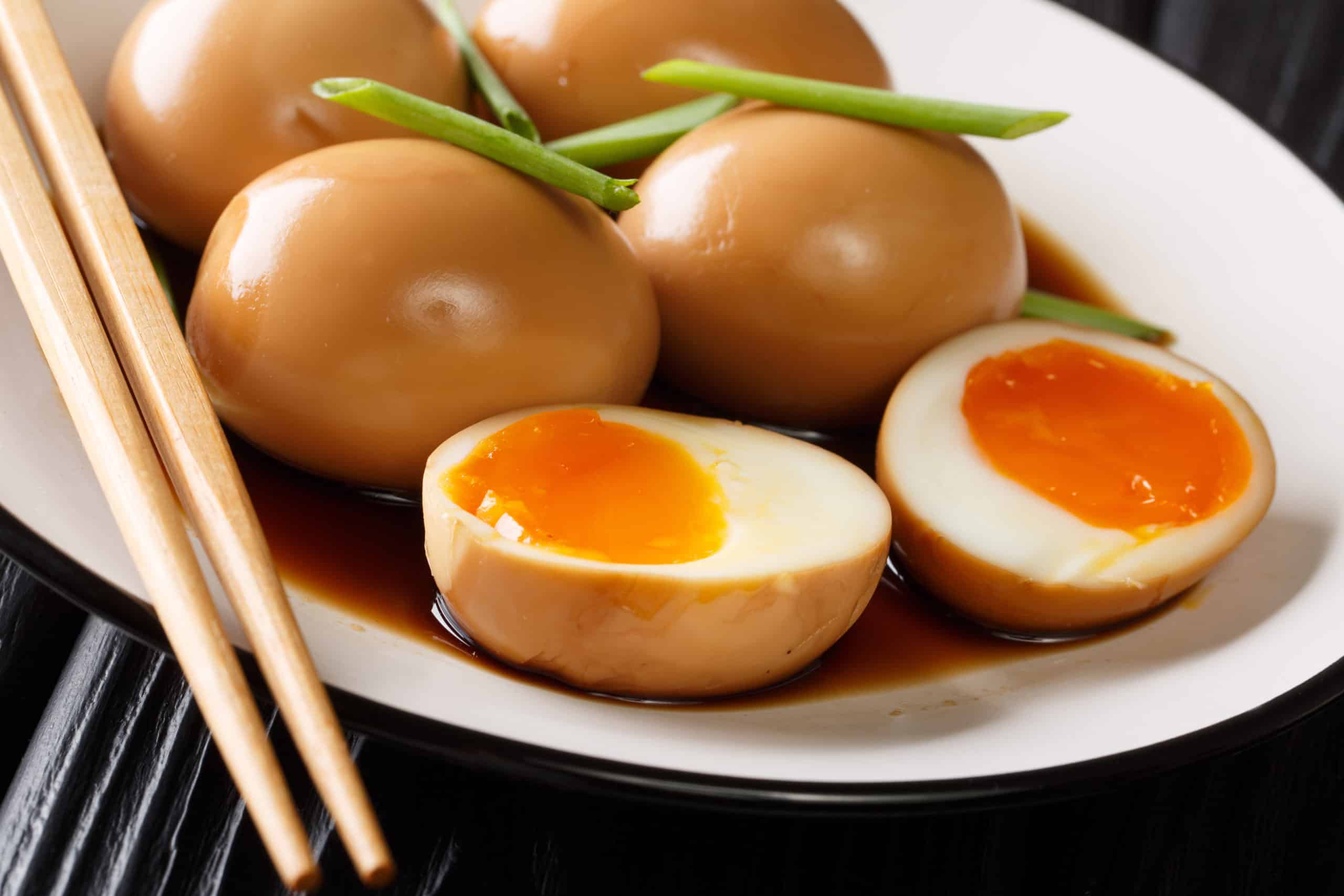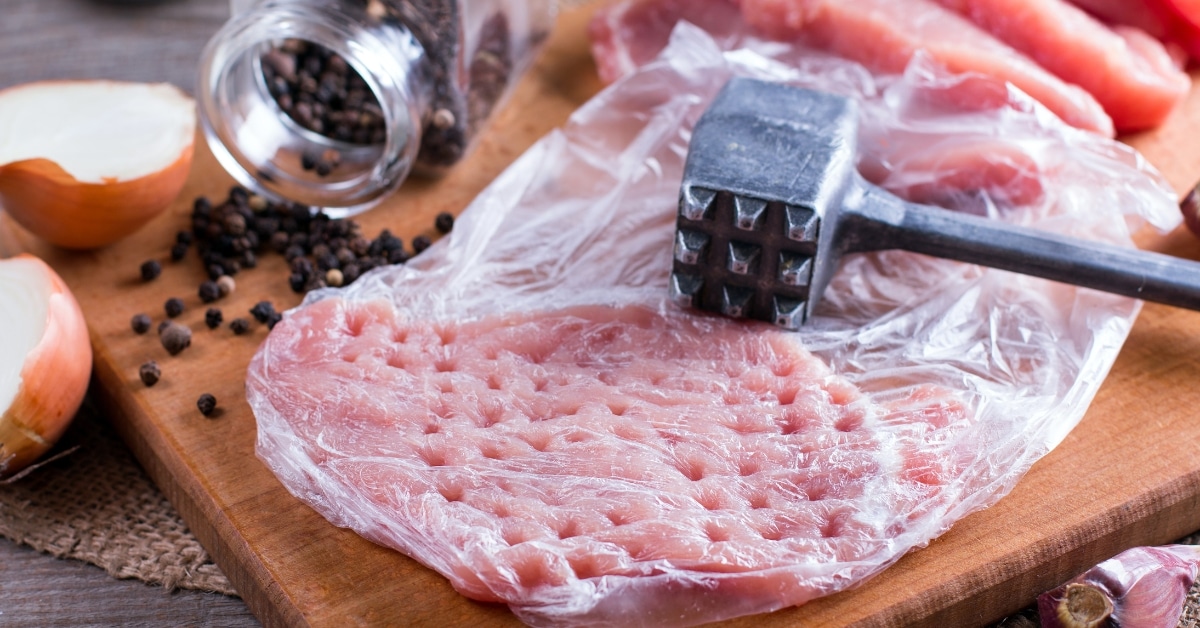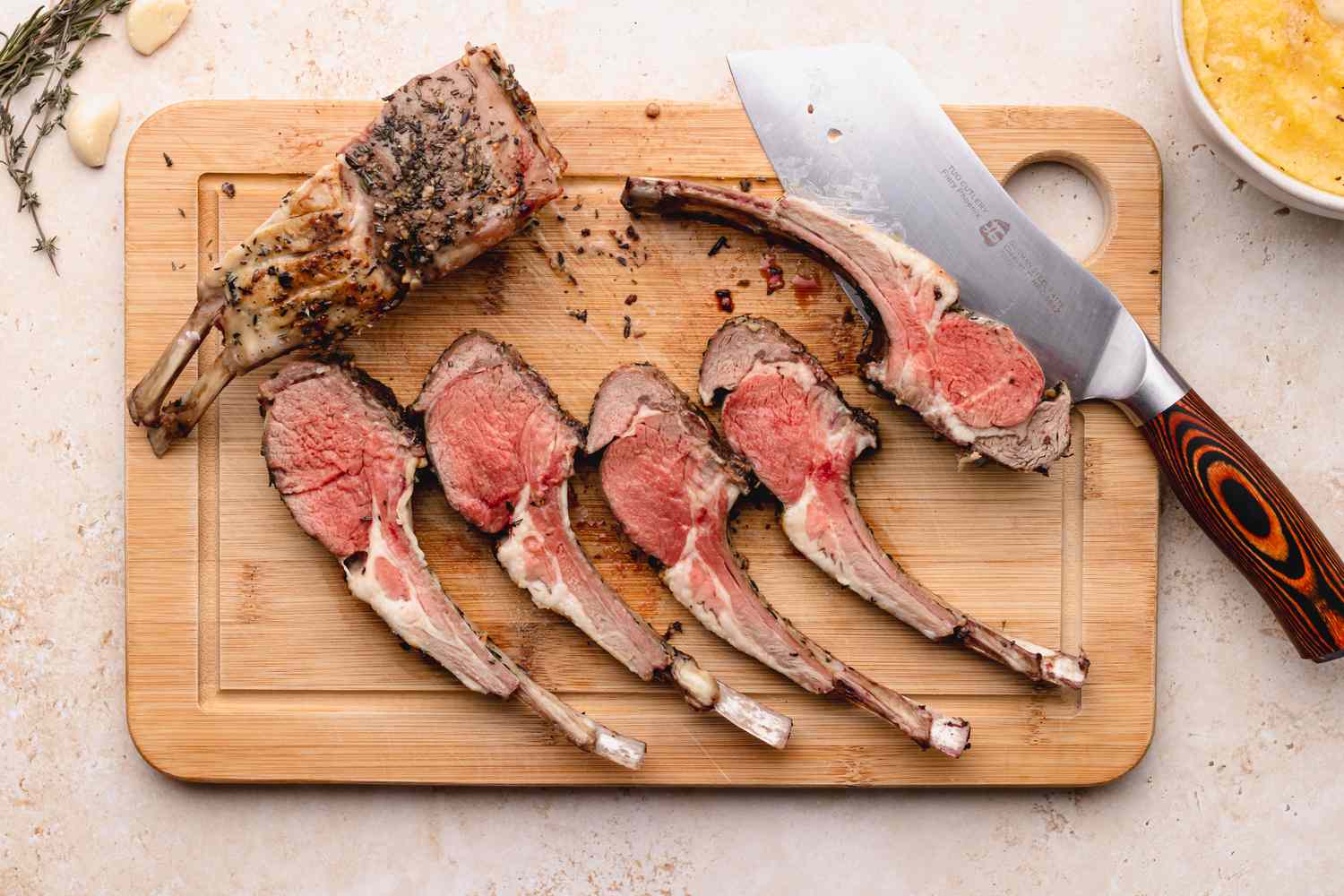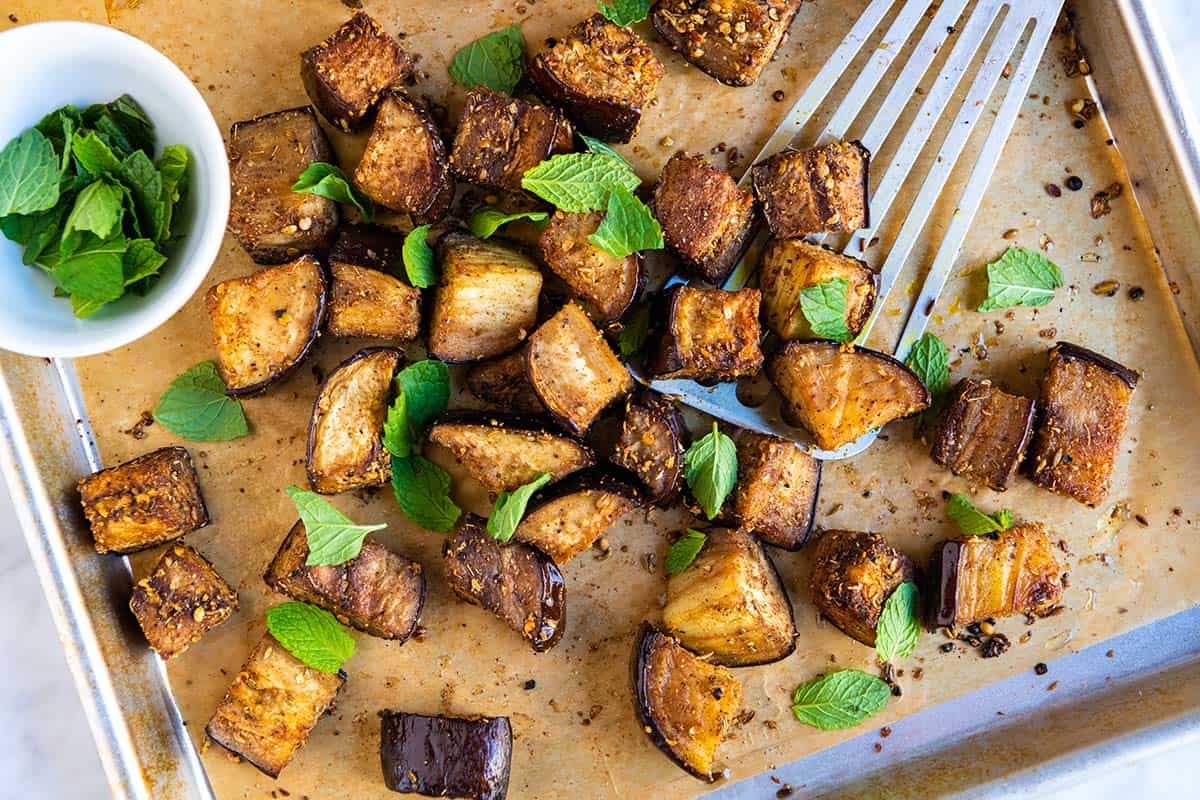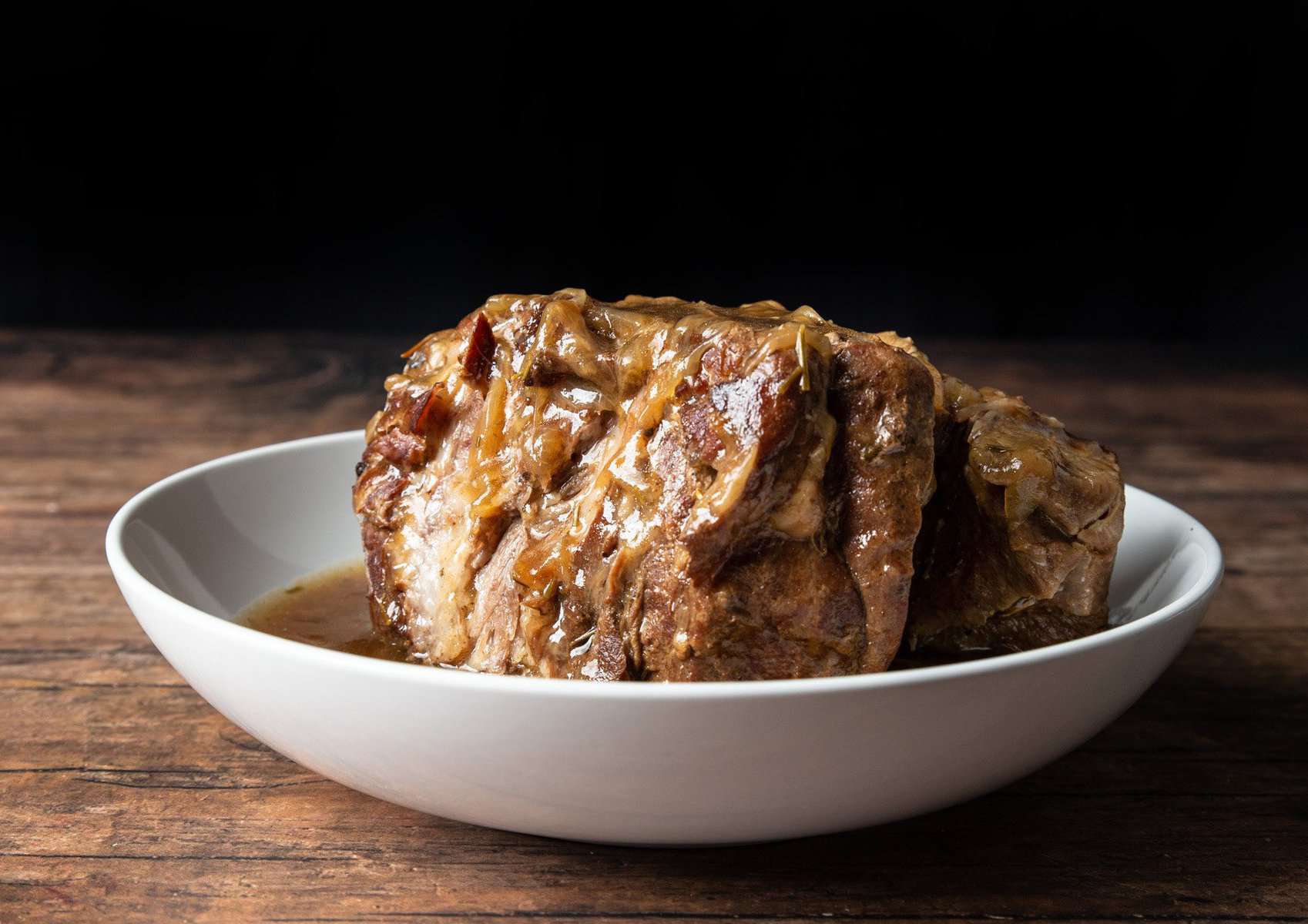Unlocking the Magic of Stovetop Veggie Cooking
Are you looking for a quick, easy, and delicious way to prepare your favorite veggies? Look no further! In this guide, we’ll show you the secrets of cooking veggies on the stove, unlocking their full potential and bringing out their natural flavors. Say goodbye to bland and boring veggies – it’s time to take your cooking skills to the next level!
The Benefits of Stovetop Veggie Cooking
Cooking veggies on the stove offers numerous benefits that make it an excellent choice for any home cook. Here are just a few reasons why you should consider stovetop cooking for your veggies:
- Quick and convenient: Stovetop cooking allows you to have your veggies ready in no time. With a hot pan and a little olive oil, you can sauté, stir-fry, or even steam your veggies to perfection.
- Retains nutrients: Stovetop cooking helps preserve most of the nutrients present in vegetables. By using minimal amounts of water and shorter cooking times, you can ensure that your veggies remain packed with essential vitamins and minerals.
- Enhances flavors: Cooking veggies on the stove allows you to bring out their natural flavors and develop irresistible char and caramelization. The high heat intensifies the taste, creating a delightful depth of flavor.
- Endless versatility: Stovetop cooking offers endless possibilities. You can experiment with different seasoning blends, herbs, and spices to create a variety of delicious vegetable dishes that suit your taste preferences.
Simple Steps for Stovetop Veggie Cooking
Now that you understand the benefits, let’s dive into the step-by-step process of cooking veggies on the stove:
1. Prep your veggies
Start by washing and cutting your veggies into your desired shapes and sizes. This step ensures even cooking and allows you to control the texture of the final dish.
2. Heat the pan
Place a sturdy pan or skillet over medium-high heat and let it warm up. Heating the pan before adding the veggies helps to seal in their natural juices and prevent sticking.
3. Add oil or butter
Add a small amount of oil or butter to the heated pan. Use heart-healthy options like olive oil or coconut oil for a flavorful and nutritious twist.
4. Sauté or stir-fry
Once the oil or butter has melted, add your prepared veggies to the pan. Use a spatula or wooden spoon to stir and toss them gently, ensuring all sides get cooked evenly. For a crisp-tender texture, cook for 3-5 minutes. If you prefer softer veggies, continue cooking for a few more minutes.
5. Season to perfection
Add your favorite herbs, spices, or seasoning blends to elevate the flavors of your veggies. Options like garlic, rosemary, thyme, or a sprinkle of chili flakes can work wonders! Don’t be afraid to get creative and experiment with different combinations.
6. Enjoy your masterpiece!
Once your veggies are cooked to your desired level of tenderness and infused with delicious flavors, transfer them to a serving dish and enjoy. Use them as a side dish, toss them into salads, or incorporate them into your favorite recipes – the possibilities are endless!
So, why settle for boring veggies when you can create culinary masterpieces right on your stovetop? With these simple steps, you’ll be able to elevate the flavors of your favorite vegetables and keep your taste buds craving more. So go ahead, fire up that stove, and let the magic begin!
Cooking veggies on the stove can be simple and delicious with the right recipes. For those who love a quick and flavorful dish, try out Stir-Fried Broccoli with Garlic and Soy Sauce, which combines crisp broccoli with savory soy sauce and garlic. If you're in the mood for something green and vibrant, Sautéed Spinach with Garlic offers a fast and nutritious option. The Sautéed Asparagus with Lemon Zest is perfect for those who enjoy a zesty twist to their veggies, while Sautéed Mushrooms with Thyme delivers an earthy and aromatic experience. For a more exotic flavor, Stir-Fried Bok Choy with Ginger combines the mild taste of bok choy with the zing of fresh ginger. These recipes are not only easy to follow but also provide a range of flavors and textures to keep your meals exciting and nutritious.
Was this page helpful?
Read Next: How To Cook Baby Portobello Mushrooms
